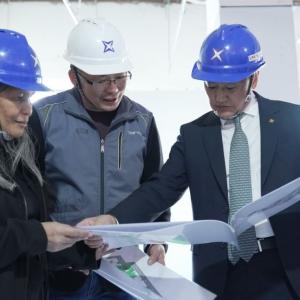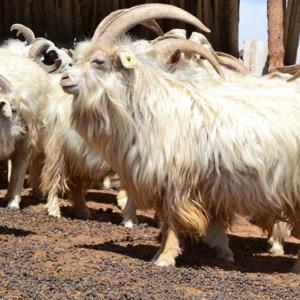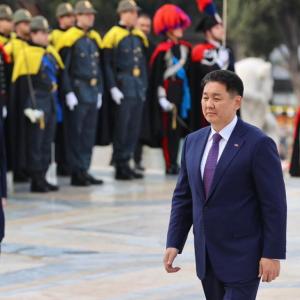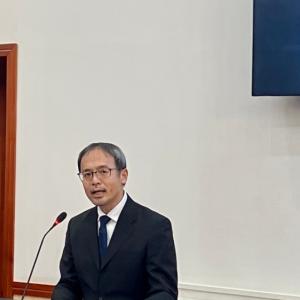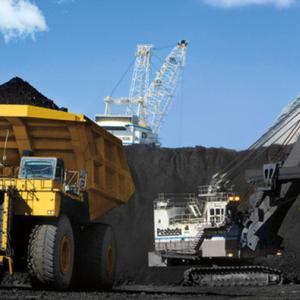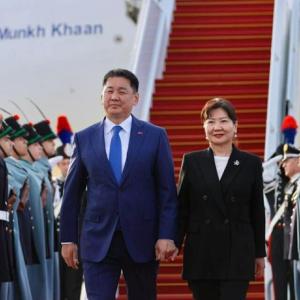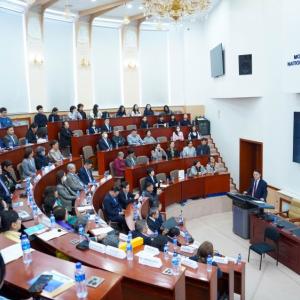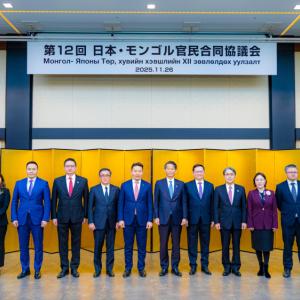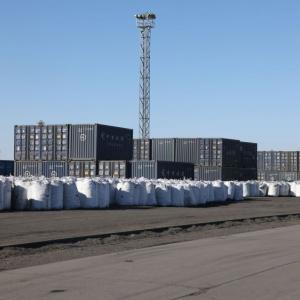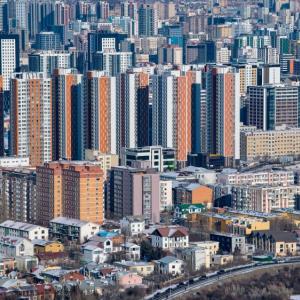Mongolia's economic growth to remain solid in 2019 and 2020
EconomyUlaanbaatar /MONTSAME/ Mongolia’s economic growth is expected to remain solid in the next two years, albeit with a slight moderation from 2018, thanks to strong domestic demand, stable services and manufacturing, as well as a recovery in agriculture performance, says a new report by the Asian Development Bank (ADB) released today.
In its Asian Development Outlook (ADO) 2019, ADB projects
Mongolia’s economic growth at 6.7% in 2019 and 6.3% in 2020, from the 6.9%
growth rate recorded in 2018. ADO is ADB’s flagship
annual economic publication.
“The economy has performed better than expected in 2018,” said ADB Country Director for Mongolia Ms. Yolanda Fernandez Lommen. “Mongolia’s growth prospects continue to be positive going into 2019 and 2020. Strong macroeconomic performance in 2018 has helped restore investor confidence and improve macroeconomic stability. Continued government commitment to sensible macroeconomic policies to build up buffers and to reduce Mongolia’s vulnerability to boom-bust cycles in the future will be important. Focusing on strengthening public financial management rather than setting up new off-budget funds will also help ensure fiscal discipline extends beyond the International Monetary Fund program.”
Apart
from consumption, services will also be key to growth, with transport expected
to gain from higher mining exports. Manufacturing will also benefit from the increase
in mining and expanded processing of meat for export. Construction activity
will rebound, boosted by a large public investment program. Agriculture will
continue to recover in 2019.
Average
inflation will reach 8.5% in 2019 compared to 6.8% in 2018 due to rising
domestic demand supported by higher government expenditure, as well as the
effects of the togrog depreciation and higher fuel prices in the second half of
2018. These effects will be less pronounced in 2020, allowing inflation to
stabilize at 7.5%.
In
2019, we expect to see an increase in government capital expenditure. Revenue
growth, which was high in 2017 and 2018, is expected to moderate but could
benefit from any of the upside risks to the growth outlook. The current account
deficit will narrow in 2019 to 9.6% of gross domestic product (GDP) from 14.6%
of GDP in 2018, as exports grow, in particular on anticipated large increases
in gold shipments, and as car imports slow. The current account deficit will
widen again to 13% in 2020 as export growth slows and import demand remains
steady.
Gross
reserves rose by $500 million in 2018 to equal $3.5 billion, boosted by
international bond issues and foreign direct investment inflows. The togrog
depreciated against the US dollar by 1.1% on average in 2018 and by 8.9% in the
year to the end of 2018.
Mongolia
remains vulnerable to external shocks, particularly in mineral price
fluctuations or lower growth in the People’s Republic of China. Despite
progress in the banking sector, continuing bank fragility poses a risk to
economic health.
Growth remains strong across most of developing Asia but is set to moderate this year and next year against the backdrop of slowing global demand and persistent trade tensions, according to the new report.
source: www.adb.org
 Ulaanbaatar
Ulaanbaatar












